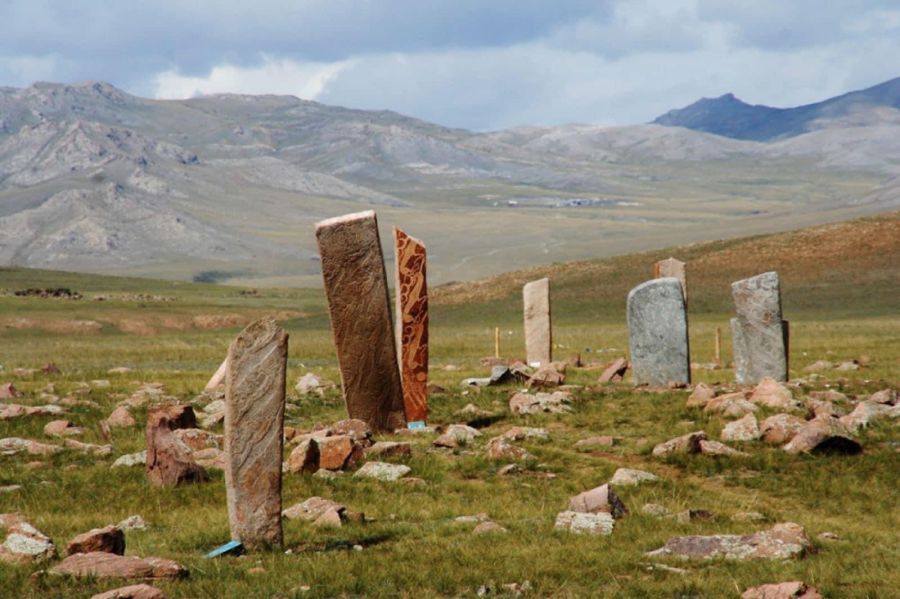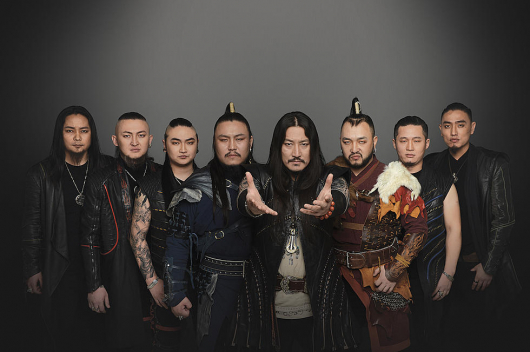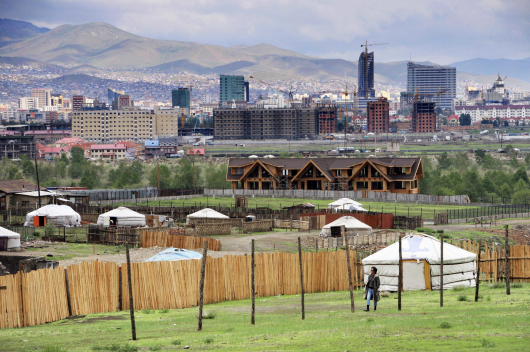The Deer Stone Monuments and Related Bronze Age Sites in Mongolia have been added to the UNESCO World Heritage List at the extended 45th session of the World Heritage Committee.
Located in central Mongolia, on the slopes of the Khangai Ridge, there are deer stones dating from approximately 1200 to 600 BCE. These stones, which can reach heights of up to four meters, were utilized for ceremonial and funerary purposes. They are found both individually and in groups, often within complexes that include large burial mounds known as khirgisüürs and sacrificial altars. These deer stones are adorned with intricate engravings depicting stags and are of great significance as they are the most significant surviving structures associated with the culture of Eurasian Bronze Age nomads, a culture that evolved and gradually disappeared during the transition from the 2nd to the 1st millennium BCE.
Mongolia joined the World Heritage Convention in 1990. In addition to the Deer Stone, Mongolia has inscribed five World Heritage Sites, namely Uvs Nuur Basin (2003), Orkhon Valley Cultural Landscape (2004), Petroglyphic Complexes of the Mongolian Altai (2011), Great Burkhan Khaldun Mountain and its surrounding sacred landscape (2015), and Landscapes of Dauria (2017).
 3,575.44
3,575.44












Related News